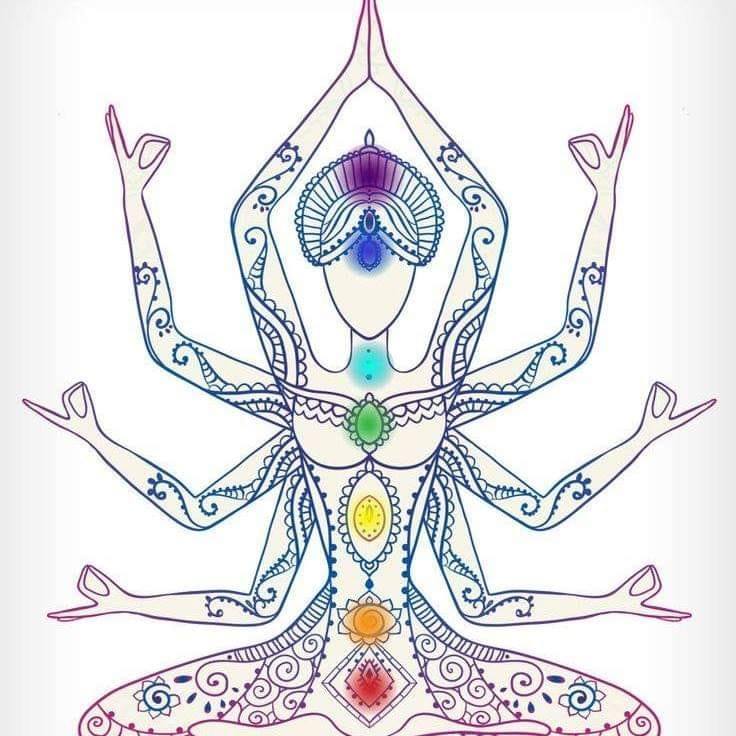Religion, Spirituality, and Tradition

Definition and Their Differences
In a journey that spanned eighteen years, I stumbled upon a profound realization, “Vedic or Sanatana Dharma is an incredibly comprehensive and intricate belief system.” Along the way, I discovered the distinctions between religion and spirituality, as well as the influence of tradition on our cultural practices. Our culture takes us into the depths of Vedic philosophy, exploring its various facets and shedding light on its core values.
Religion and spirituality are two concepts often intertwined but with distinct differences. Religion primarily focuses on our relationship with God, emphasizing rituals, prayers, and adherence to specific doctrines. It guides us in understanding the divine and our place within the grand scheme of creation. On the other hand, spirituality delves into a more personal journey of self-discovery, seeking answers to profound questions such as "Who am I?" and "What is the purpose of my existence?"
To illustrate this distinction, let's consider a pilgrimage to a sacred temple. For a religious person, the journey revolves around their devotion to God, seeking blessings, and strengthening their bond with the divine. Conversely, a spiritual seeker embarks on the same pilgrimage with the intent of self-reflection, personal growth, and deepening their understanding of the universe.
Within Sanatan Dharma, tradition plays a crucial role in shaping our cultural practices and norms. It serves as a set of rules and accepted behaviors observed by specific groups of people, generally based on Dharma. For instance, in hilly regions, it is customary to apply tika, uncooked rice mixed with red powder and curd then stuck on the center of the forehead, as a sign of respect and honor to the divine. However, this practice may not be prevalent in other areas, such as the Terai region, where they only use red powder mixed with water.
The question arises, “Why do we need these traditions?” The answer lies in the profound symbolism they hold. Placing a tika on our foreheads is not merely a superficial act; it represents our reverence for God. By honoring the divine in this way, we create a positive energy that dispels negativity from our surroundings. Such practices instill a sense of spirituality within our religious customs, fostering a deeper connection with the divine.
The Third Eye and Chakras
Spirituality, within the Vedic context, delves into the exploration of our inner selves and the subtle dimensions of existence. One fascinating aspect is the concept of the third eye, located between the eyebrows, known as the AAGYA chakra. This chakra is considered incredibly powerful as it serves as both a gateway to perceive the external world and our inner being.
To better understand this, let us briefly explore the concept of chakras. In Vedic philosophy, there are seven chakras, or energy centers, within our subtle body vertically aligned in a straight line from the top of the head to the anus. Each chakra corresponds to specific qualities and functions within us. The AAGYA chakra enables us to develop heightened intuition, insight, and clarity of perception.
It is essential to recognize the symbolic meaning behind the placement of tika. While religiously, we apply tika on our forehead, spiritually, the emphasis lies on putting it between the eyebrows, aligning with the AAGYA chakra. This symbolic act signifies an acknowledgment of the power within us and a conscious awakening of our spiritual potential.
Mantra, Tantra and Yantra
Now, let's explore another intriguing aspect of Vedic Dharma.
In today's age, we find ourselves heavily immersed in the realm of yantra, represented by technological devices that surround us. However, above the tangible world of yantra lies the subtle art of tantra.
Tantra refers to a system of practices that involve rituals, ceremonies, and techniques aimed at expanding consciousness and achieving certain spiritual goals. Tantra, often misunderstood, is popular as the manipulation and misuse of energies by one onto another. Negative or Dark practitioners use this science to achieve their desired goals through negative methods. However, the bona-fide practitioners use this technique to achieve a higher goal which is elevating to Bhakti Yoga.
Lastly, the Mantra, derived from the Sanskrit words "mann" (mind) and "tra" (instrument), is a sacred sound, word, or phrase that is repeated either silently or aloud for spiritual purposes. Mantras hold immense power and are vehicles of divine energy. They are often chanted or recited during meditation, worship, or specific rituals. The rhythmic repetition of mantras aids in focusing the mind, transcending ordinary consciousness, and accessing higher states of awareness. Mantras can be associated with various deities and have specific meanings and intentions behind them.
While Yantra and Tantra are potent spiritual practices in their own space, Mantra holds a distinct position as the most powerful among the three. Mantras are known for their vibrational power, as sound is an intrinsic part of creation and the universe. The vibrations generated by the repetition of mantras resonate with the cosmic energy, allowing individuals to align themselves with higher frequencies. This resonance can have transformative effects on the practitioner, harmonizing their mind, body, and soul.
Mantras eventually provide a direct connection with the divine energies they represent. Chanting or reciting mantras allows individuals to invoke and establish a personal bond with specific deities or cosmic forces. This connection can facilitate spiritual growth, healing, and the manifestation of desired outcomes all yielding complete satisfaction.
Mantras are universal in nature, and they transcend cultural and religious boundaries. They can be practiced by people of any background or belief system. The power of mantras lies in their inherent ability to invoke spiritual energies, making them accessible to all who seek to tap into higher states of consciousness. Mantras have the potential to bring about profound inner transformation. By channeling divine energy, Mantras help purify the mind, dissolve negative patterns, and cultivate positive qualities. Regular practice of mantras can lead to clarity, increased intuition, and a deep sense of inner peace.
Hare Krishna.



Leave Comment